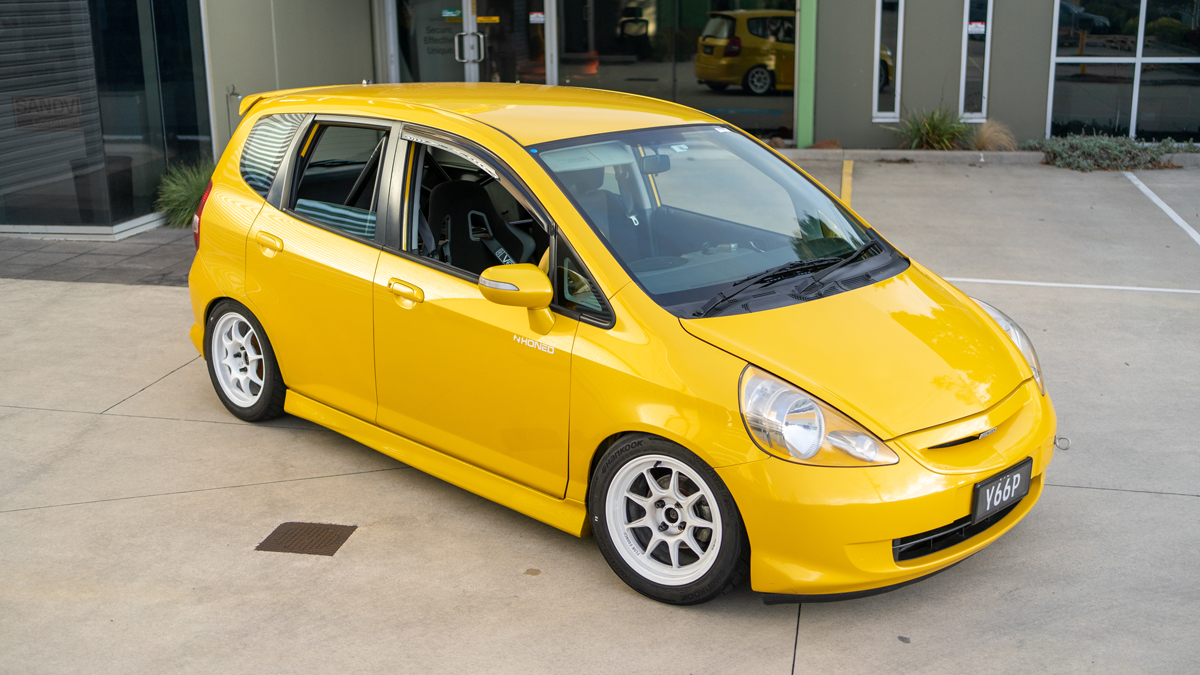
When you hear the name Honda Fit (or Honda Jazz as it’s known here in Australia), you probably think of something slow, practical and economical, a great car for retirees or first-time buyers, and you wouldn’t be wrong.
When the Honda Fit was launched in Japan in 2001, it was clear the target market was not young track day attendees with motorsport dreams, yet it’s a great, affordable platform, especially with a few tweaks.
In this post we will cover some of the things we have done to improve driver ergonomics to make the Fit/Jazz more suitable for track work.
A comfortable driver is a confident driver, and a confident driver is a faster driver.
When you sit in a Honda Fit/Jazz, it’s quickly apparent that the driving position not optimal for sporty driving thanks to a lack of reach adjustment. Therefore, one of the most common modifications is to fit a steering hub extension.
In our car, to get the steering wheel in a comfortable position, we use the following parts:
- Momo Monte Carlo 350mm steering wheel
- HKB boss kit for an EK
- Works Bell Rapfix II
- 40mm Hub Spacer
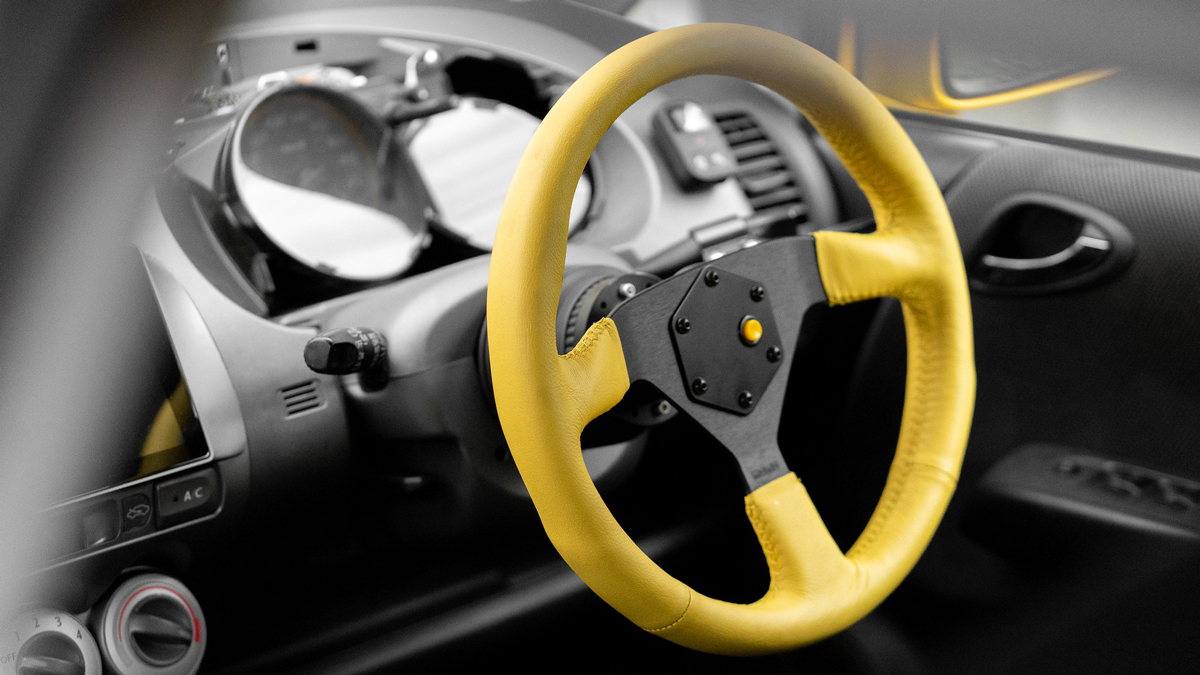
- Velo GP90 seat
- Honed Seat Bracket – Link
- Six-Point Velo Harness
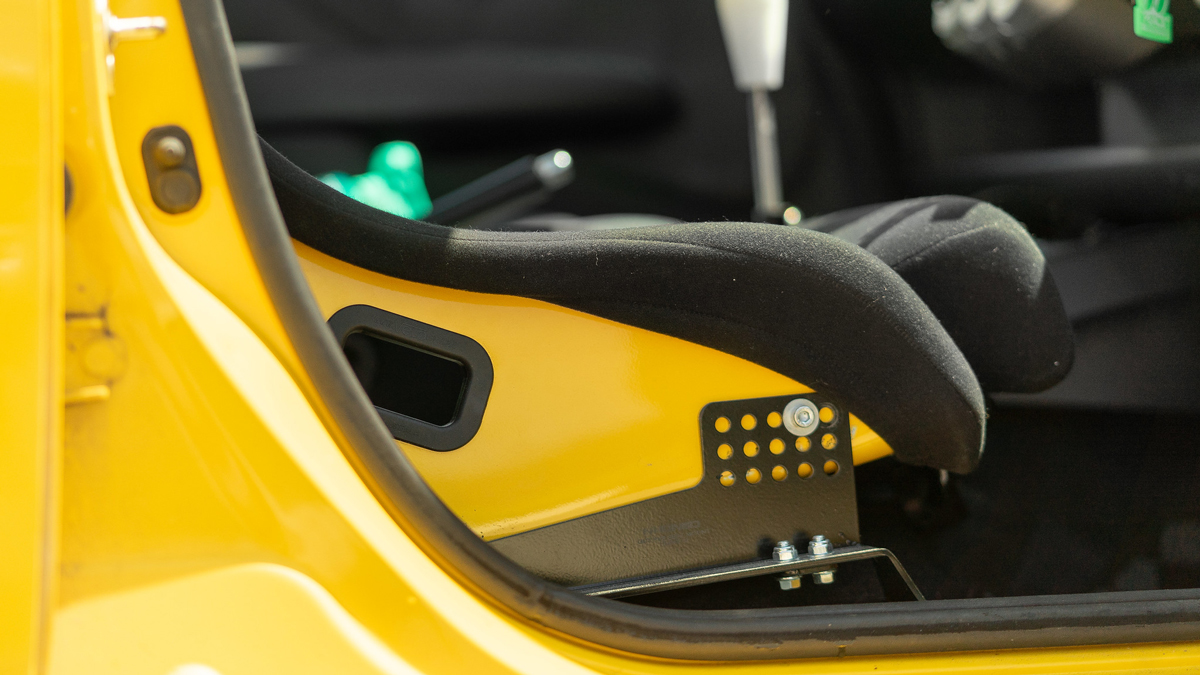
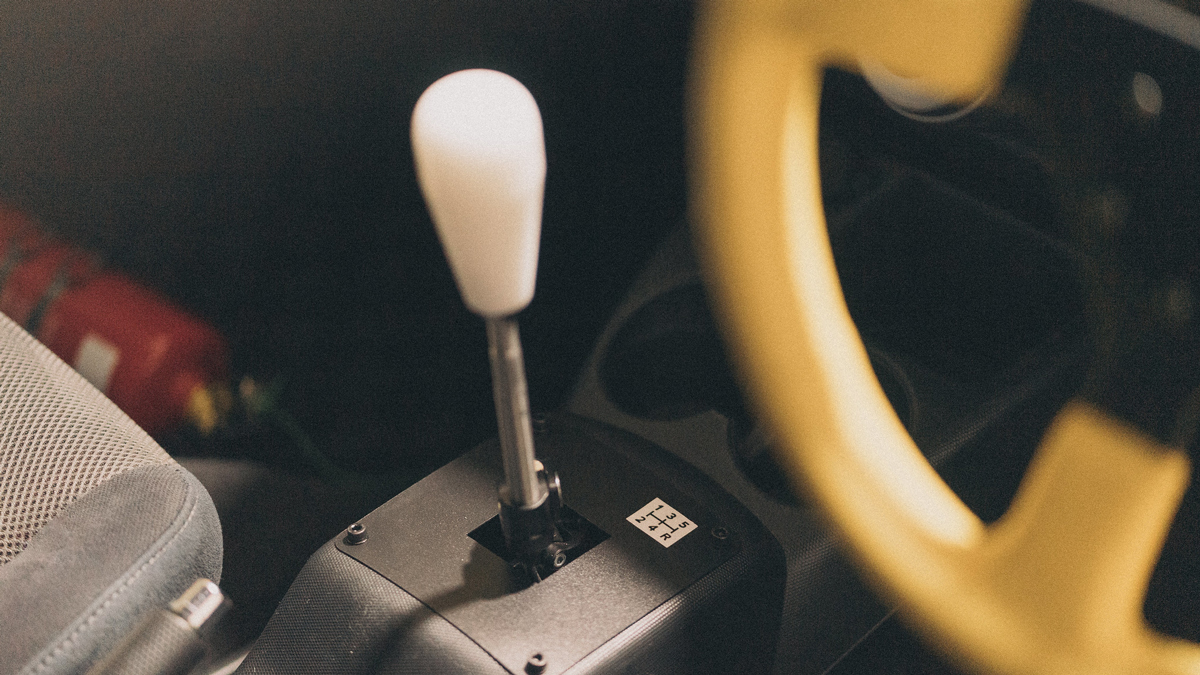
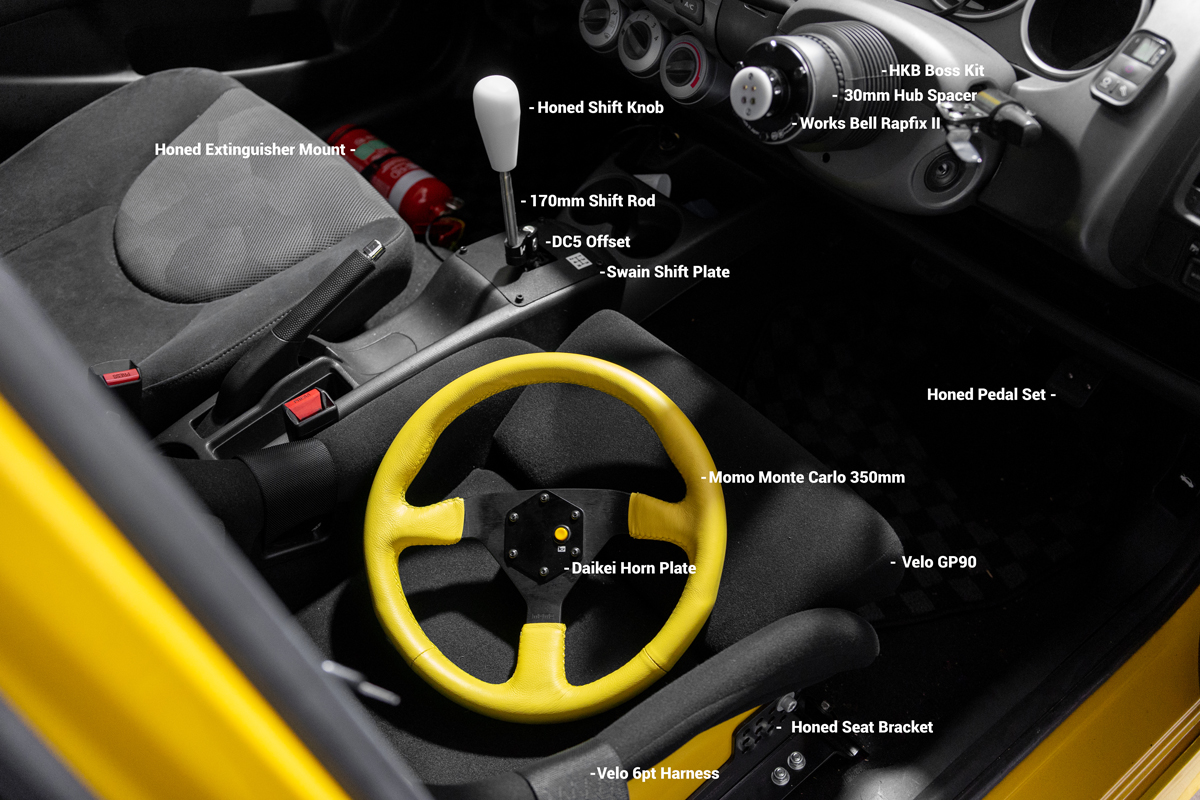
Want to see how all this looks when driving around a track?
